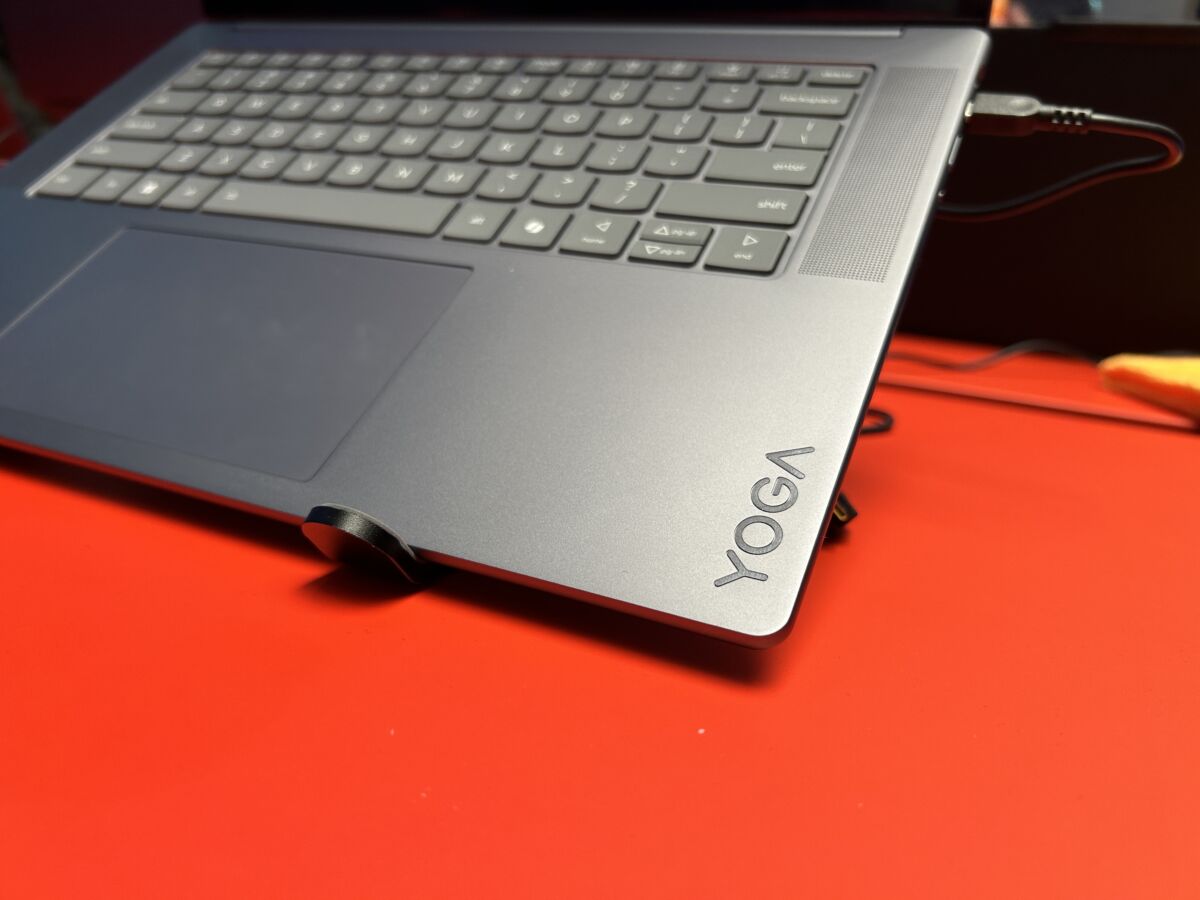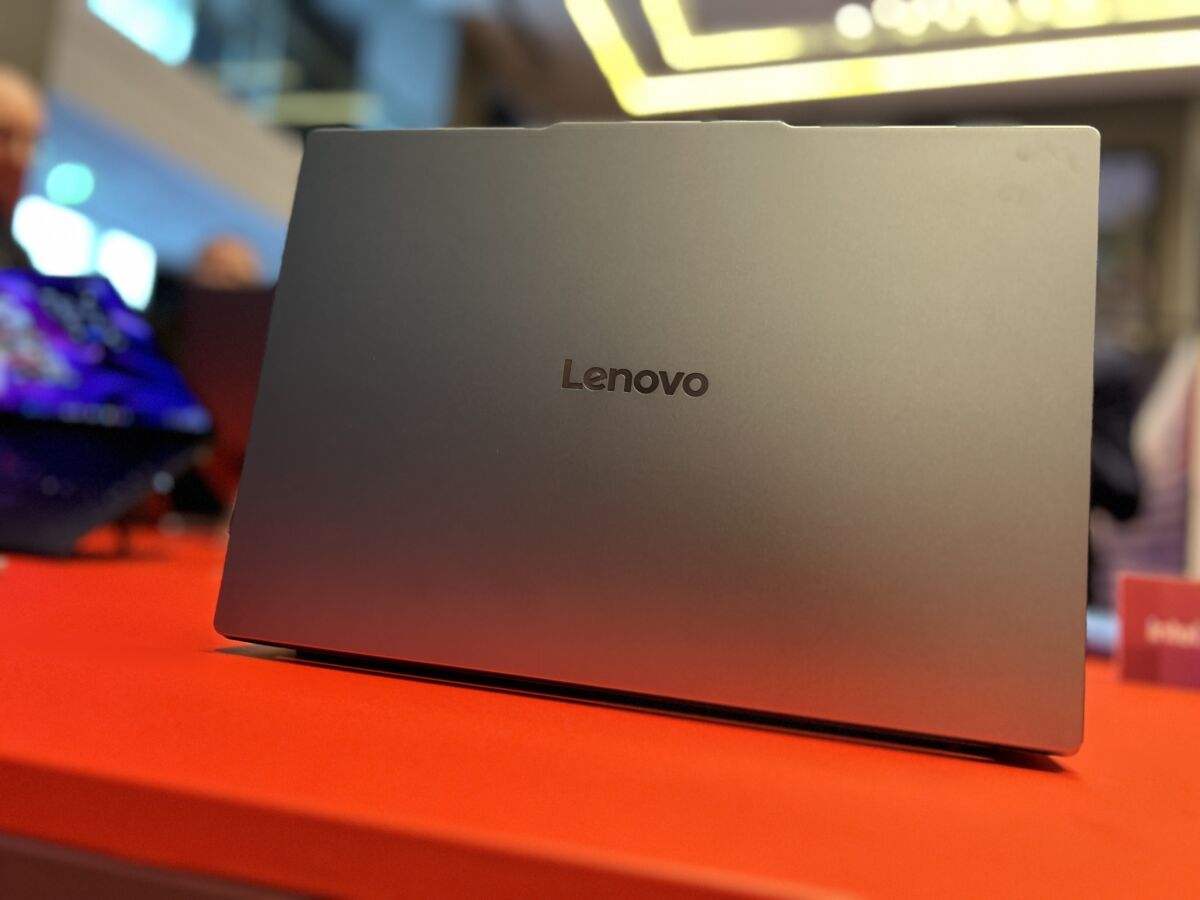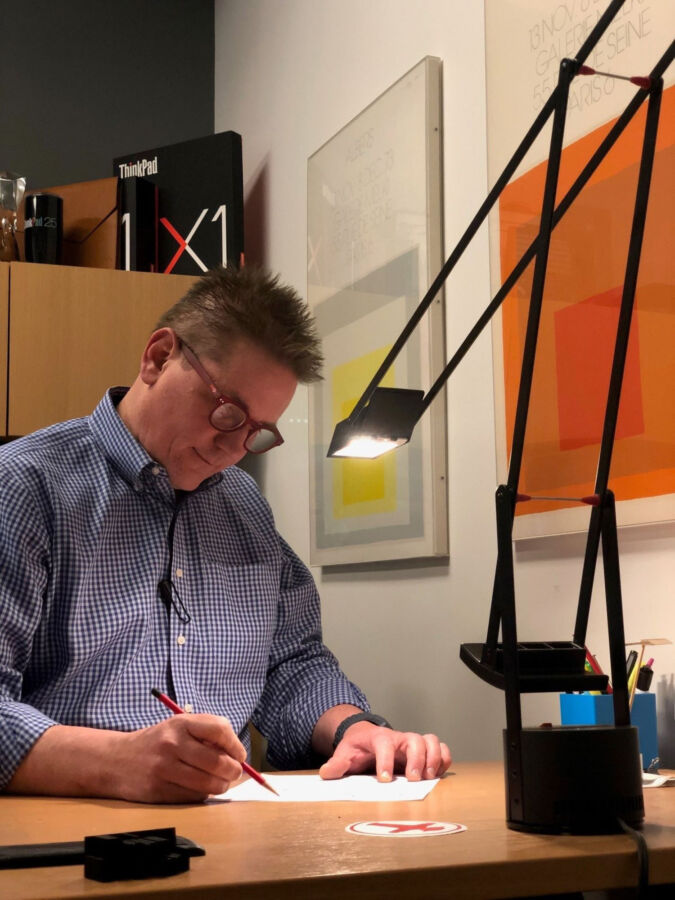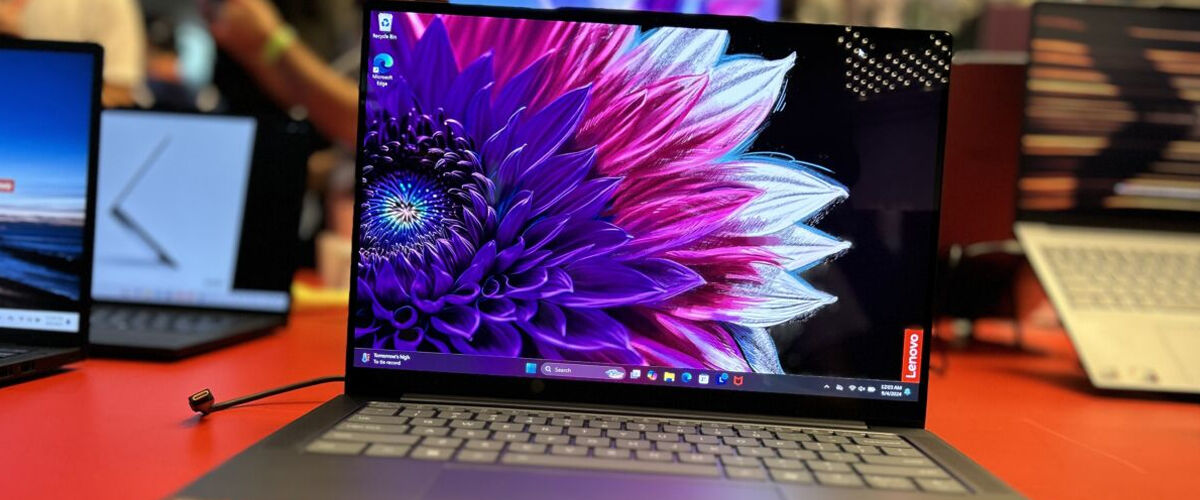This interview has been edited for clarity.
The annals of product design history have long established the inherent conflict between functional design and marketplace demands, and it’s a familiar challenge that persists even today. As technology continues to evolve, with new trends attempting to drive conversation, other considerations now factor into this delicate balance, including aesthetics, ease of access to an ecosystem, and more recently, AI functionality – among others.
Amid the heat is the pressure to be something more, to offer an innovation that makes a brand stand out from a crowd, especially since all are chasing similar trends. Lenovo, boasting a diverse portfolio spanning business solutions, prosumer laptops, computer accessories, gaming-focused devices, and more, is certainly well-acquainted with rising to the challenge.


The ThinkPad series remains its crown jewel, but the years have broken the traditional mould and found a foldable laptop alternative in the ThinkPad X1 Fold, joining more niche and non-conventional offerings like a split ergonomic keyboard and vertical mouse combo, as well as the Lenovo Legion Go handheld PC. Through it all, the company’s framework has stuck to several core pillars, starting with a substance-over-style approach.
Speaking to Geek Culture during the Lenovo Innovation World 2024 event held in Berlin, Brian Leonard, vice president of design for the company’s PC and smart devices group, dived into the design philosophy of innovation, and the pitfalls of over-emphasising looks for Gen Z consumers.
“I think we’re in a great place to talk about design because design in Germany is all about the art of function, and that’s the way we approach it,” he shares. “But you have to be careful about going too far into an aesthetic realm that it’s just for pure looks because people actually use these things. They use them for a while, they are an investment.”
The observation is all the more relevant in the current landscape, as trends come and go faster than before. Even as some end up with a longer lifespan or bring a positive impact on the industry, the veteran is careful about boarding the hype train in its early stages – more so if there’s some sort of adulation involved, especially on unproven features.

“And the crazy thing is, this thing is coming, it’s going to save the world, and when it comes, it’s the worst thing ever – nobody wants to talk about it. That’s why we’re not rushing to do something new and unique just to have a bright, shiny object. We want to make sure our decisions have some longevity to them, and some real meaning of value for customers,” stresses Leonard, the creative force behind some of Lenovo’s most recognisable products, such as the ThinkPad X1 Fold and the Legion gaming line.
The process of crafting devices that consumers want starts with developing enduring “identities for separate different customer bases”, where the visual identity gets stronger with each generation. This need for design cohesion across a product range, however, means iterative tweaks as opposed to breaking new ground – an outcome the former IBM and Dell employee considers a bigger challenge.
“It’s actually driving improvement that is much more difficult than driving new, because every time we change designs or new form factors, there’s a lot of learning that comes around,” he explains.
“So, the incremental improvements, like when you look at the excellent [ThinkPad X1] Carbon and Yoga line, those things that we drive are more difficult than the initial.”

Indeed, each generation of both laptop series channels its upgrades into hardware with minimal changes to the overall aesthetic. The Lenovo ThinkPad X1 Carbon Gen 11, for instance, features an Intel Core i7 processor, an Intel Iris Xe graphics card, and a 60Hz IPS display, while its Gen 12 successor sports the more powerful Intel Core Ultra 7 chip, an Intel Arc GPU, and a 120Hz OLED screen. As with every Lenovo lineup, the variety of hardware is designed with different users in mind – where the former caters to work and business users, the Yoga targets creative enthusiasts or professionals.
As much as branching out into sub-brands is an industry-wide practice, Lenovo’s approach takes after the popular saying, “A product for everyone is a product for nobody”. According to Leonard, there’s “really nothing that stimulates people’s emotions if we tried to create something that makes everybody happy,” so the company’s family of devices are hardly one size fits all.
At the core of the company’s design innovation is relationships. By fostering a strong sense of collaboration between the business units, the engineering team, and other involved parties, the puzzle pieces, including the customer’s story, can fall into place. “It’s not just functionality or technology for their own sake. It’s actually to help benefit people,” summarises the global design team head.
Fleshing out the process of discovering new pathways through teamwork dynamics, he adds, “Sometimes you say red, I say blue, most people think the compromise is purple. But we start talking about what’s important about what you are and I’m looking for, and we may find something over there and be like, ‘We never saw that!’ We had the ability to collaborate and work together to find function, colour, or material; it’s a healthy relationship.”
The spirit of cooperation proves effective at tackling constraints and Leonard believes that’s when creativity flourishes, despite the stifling impression they may paint.

“I think it’s important to understand those constraints. Sometimes, we push against them and we find new opportunities because that’s what constraints are for,” he muses. “I can go to anybody in the marketing or engineering team, and they will tell me exactly what they want, and then I start pushing. We push on these things, and we find that balance.”
As the team goes through the familiar motions of marrying form with function, changing design preferences have sparked a shift to customisation. While it’s not in Lenovo’s nature to embrace colour in the name of preventing buyer’s remorse, the industry veteran expresses plans to pour more effort into exploring this area.
“Now with the younger generation and Gen Z, personalisation is becoming more and more of an attribute. I don’t want my T-shirt or PC to look the same as everybody else – we’re all different, right?” explains Leonard. “I think how we react to this is going to be interesting, but [colour] is definitely more of a focus for us than it has been in the past.”

And for someone with decades of experience working in the world’s best tech companies, he certainly isn’t afraid to revisit the basics. The award-winning designer shares an affinity for building things from scratch, ditching technological advancements for some good old sculpting – particularly for mice designs. Instead of sketching or using the drafting and design app AutoCAD, he opts to create them with his own hands, from duplicating clay shapes to putting the foam and castings together, and it’s this unique charm and satisfaction of yesteryear that holds special significance amidst rapid changes in the scenes.
“It was like the old Xerox copier. You hit the blue button and this pops out, and all that we did was that. And then all these things started to disappear from the whole industry, for the sake of thinness and lightweight. But you go back to the first ThinkPads, it was literally like opening up a hood and pulling blue touchpoints on hard drives. Honestly, it kind of feels like, ‘Oh yeah, I remember this!’. This is good stuff. It’s actually really fun stuff to work.”













